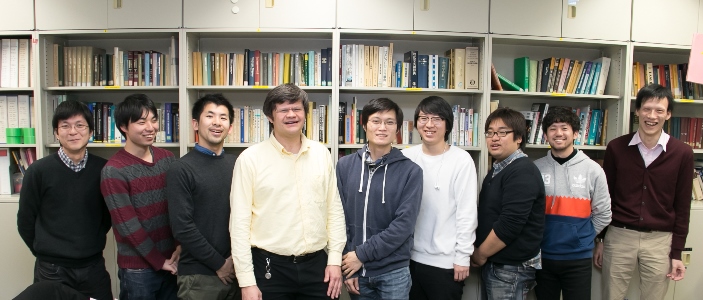
The interview series of "What We've Found Particularly Good About HU" proudly shares with you what's wonderful about Hiroshima University.
Pursuing research to the fullest with great teamwork
I originally graduated from the University of Stuttgart in Germany. After gaining degrees in physics in Germany, I embarked on research overseas. I spent time as a research fellow at Stanford University, the University of Tokyo, and Hokkaido University before coming to Hiroshima University in 2004.
My fields of specialization are optics and quantum physics. Apart from me, there are two other faculty members in my laboratory, along with as many as 20 students. We deal with a wide variety of research topics, involving both experimental and theoretical aspects. One of Hiroshima University's strong points is that it provides great opportunities to combine such different aspects of research within the same laboratory. In many other institutions, this kind of cooperation is much more difficult. My own expertise lies in the development of theories. It’s highly satisfying to be in an environment in which I can readily discuss things with academics and students working on the experimental side and some of our routine discussions have led to new ideas and results that were eventually published as timely contributions to our field of research.
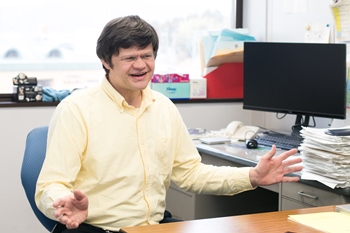
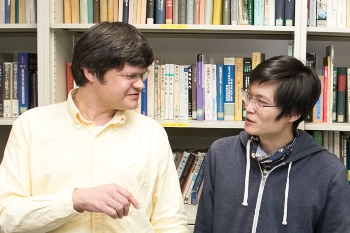
A neighborhood with characteristically Japanese scenery
I’m also very attached to the city of Higashihiroshima, where our campus is located. You’re probably familiar with the sake brewery right outside Saijyo Station and the hustle and bustle around Hiroshima University. But if you just go a little way from the campus, you can see some very characteristically Japanese houses. I like that kind of scenery and I want to stay in this area to continue my research, if possible.
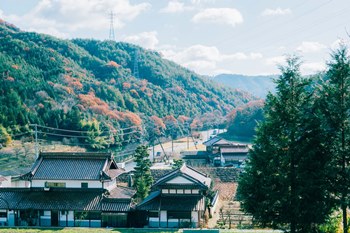
The view extending south into the distance from the Higashi-Hiroshima Campus
[Photo credit: Katsusuke Nishina, 3rd year, School of Economics]
Hiroshima University’s interdisciplinary approach expands the potential of research
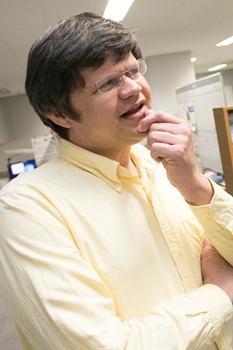
Although it is quite some time ago, I remember how difficult it was for me to find a position when many universities considered research in quantum optics and quantum information to be a minor field. I therefore appreciated it very much that Hiroshima University welcomed me and my ideas. I feel that Hiroshima University has an excellent environment for original and innovative research.
In April 2018, the new Department of Integrated Global Studies will open in the School of Integrated Arts and Sciences. I’m going to be in charge of a subject called Principles of Physics. I like teaching, so I’m already looking forward to it. I don’t think that there are all that many undergraduate programs in Japan that blend a diverse array of academic fields. It’s important for students to develop an open minded perspective on the wide range of intellectual and social challenges they will be facing. I’m excited to be involved in this new challenge being taken on by the School of Integrated Arts and Sciences and, by extension, Hiroshima University.
Profile
Completed his master’s at the University of Stuttgart in 1994 and did research for his doctorate at the German Aerospace Center, completing the doctorate in 1999. Took up his current post in 2004, following research fellowships from Riken, the Institute of Physical and Chemical Research, and the Japan Science and Technology Agency (JST). Received an award in the 12th Hiroshima University President’s Awards (2013 Academic Year).
Overview of Research
Specializes in quantum optics and quantum information. The results of his pioneering proposal and demonstration of an optical Yagi-Uda antenna were published in the journal Nature Photonics, winning him acclaim from both within Japan and overseas.
(Interview: February 2018)


 Home
Home